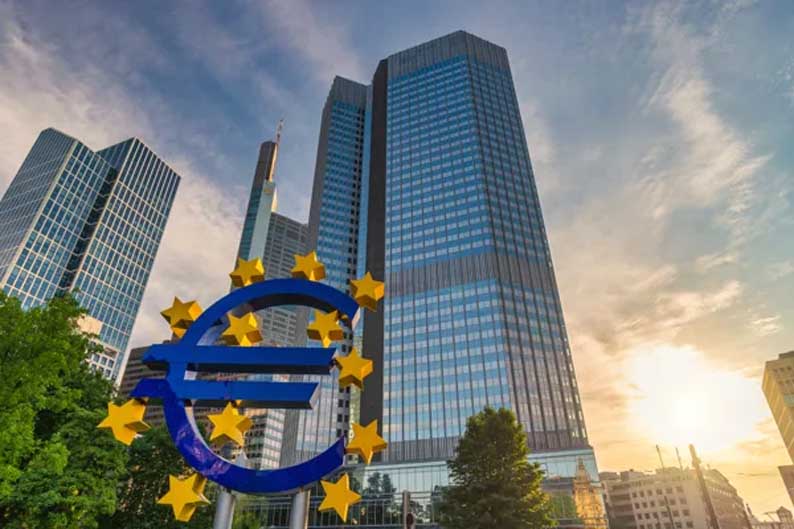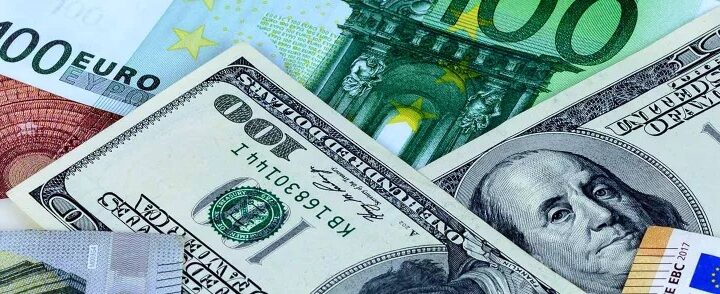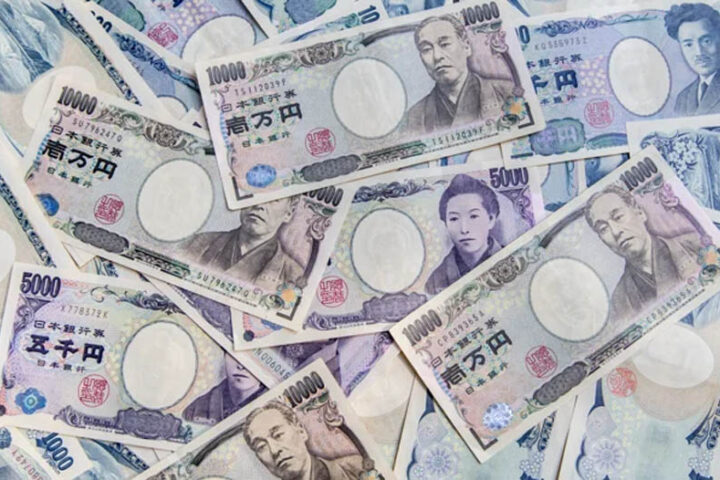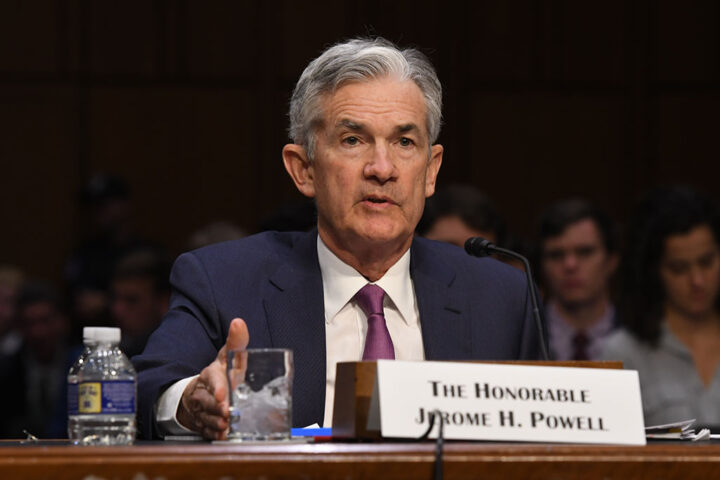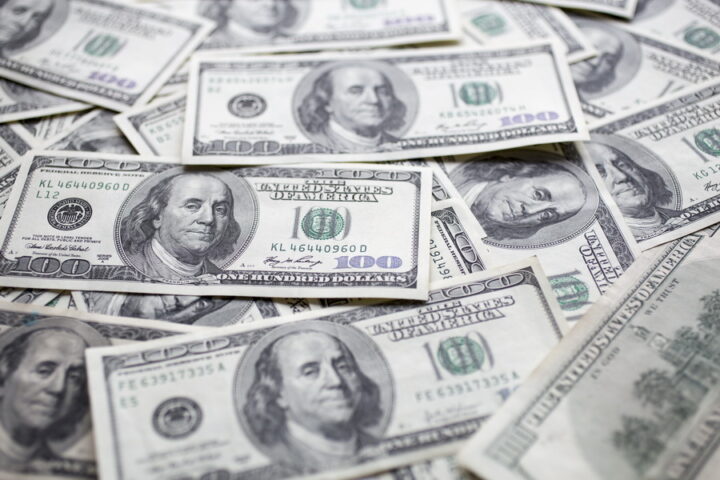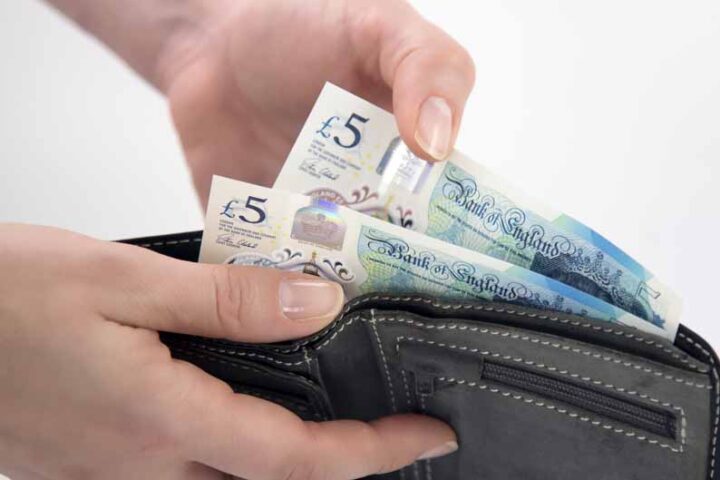EURUSD declines as the US Dollar holds its Wednesday recovery and strives to refresh yearly highs. The currency pair remains vulnerable above the psychological support of 1.0500 in European trading hours on Thursday.
The DXY Dollar Index, which tracks the greenback’s value against six major currencies, gathers strength to break above the immediate high of 107.00.
The greenback had been performing stronger on Donald Trump’s victory in both houses as he will be able to implement his trade and tax policies smoothly.
The consequences of Trump’s policies will be inflationary for the US economy, restricting the Federal Reserve from cutting interest rates deeply. The impact can be seen in market speculation for Fed interest rate cuts in December, which has been diminished significantly.
The Fed’s probability for lowering borrowing rates next month has eased to 56% from 73% a week ago, according to the CME FedWatch tool.
Market experts have also upwardly revised the Federal Funds Rate target for 2025. Bank of America (BofA) has upped its terminal fed funds rate forecast to 3.75-4.00% from 3.00-3.25%.
Going forward, the dollar will be guided by the preliminary S&P Global PMI data for November, which will be published on Friday. Economists expect the overall private sector activity to have improved.
EURUSD faces selling pressure due to the Euro’s weak performance on expectations that the European Central Bank could accelerate its policy-easing cycle.
The ECB is widely anticipated to cut its Deposit Facility Rate again by 25 basis points (bps) to 3% in the December meeting and is expected to head towards the neutral range faster in 2025 as market participants worry about the Eurozone’s economic outlook.
Investors expect the European Union to go through a rough time when President-elect Donald Trump takes office and implements his economic agenda, which would lead to a potential global trade war, especially with the Eurozone and China. In his election campaign, Trump mentioned that the euro bloc will “pay a big price” for not buying enough American exports.
ECB officials are also worried about growing risks to Eurozone economic growth and want the central bank to continue reducing the degree of monetary policy tightness through interest rate cuts.
ECB policymaker and the Governor of the Bank of France François Villeroy de Galhau said on Wednesday in a speech in Tokyo that, “the balance of risks on growth and inflation is shifting to the downside.”
Villeroy added that the pace of future ECB rate cuts should be guided by “agile pragmatism”. However, he ruled out the significant impact of US tariffs on the Eurozone’s inflation outlook.
In Thursday’s European session, ECB Governing Council member Yannis Stournaras advised that the central bank should continue reducing interest rates till they reach nearly 2%, which he also sees as close to a neutral rate.
For the December meeting, Stournaras supports a 25 bps interest rate cut.
Investors will now focus on the flash HCOB Purchasing Managers Index (PMI) data for November for the Eurozone and its major nations, which will be released on Friday. Flash readings are expected to show that the overall private business activity remains at the expansionary borderline.
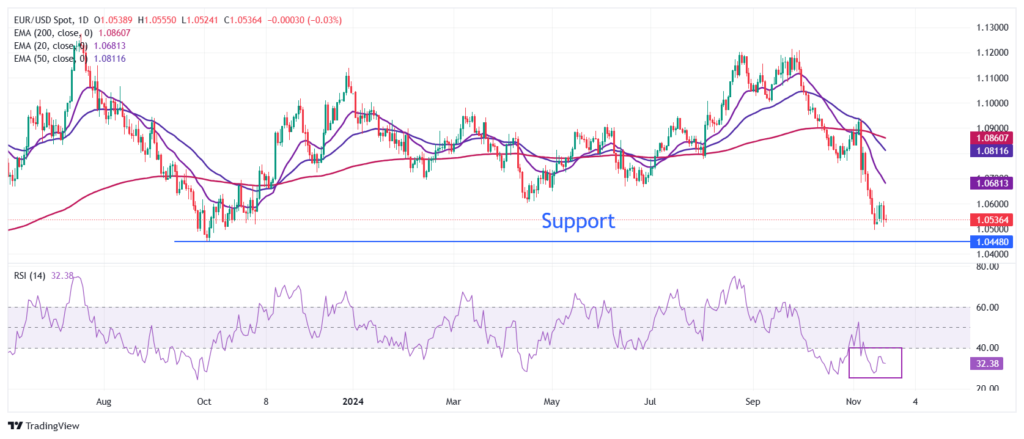
EURUSD chart by TradingView
(Source: OANDA)

